Sydney Olympic park is one of the best places to see waders and waterbirds in the Greater Sydney environs. At the Waterbird Refuge pond artificial islands have been set up to provide additional habitat for a breeding colony of Black-winged stilts (Himantopus himantopus).
In summer months migratory species make their home at this pond before returning to their northern breeding grounds in March and April. Bar-tailed godwits (Limosa lapponica) and Sharp-tailed sandpipers (Calidris acuminata) can often be seen feeding in the shallows.
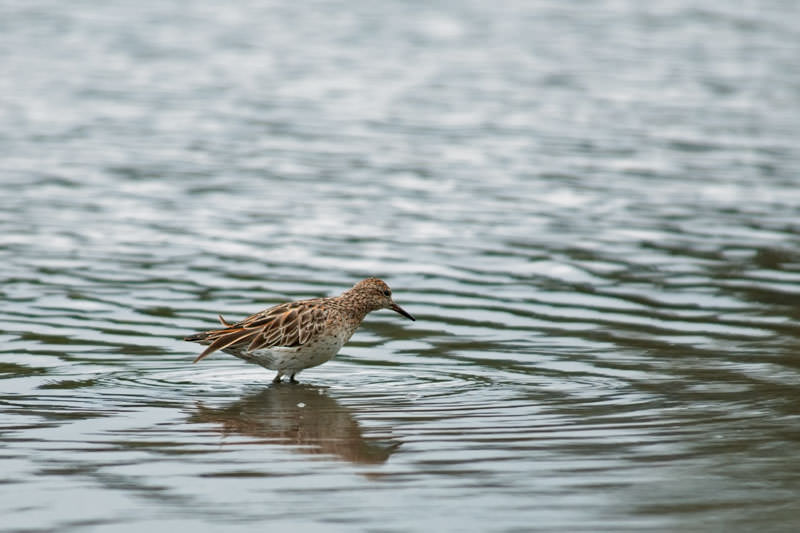
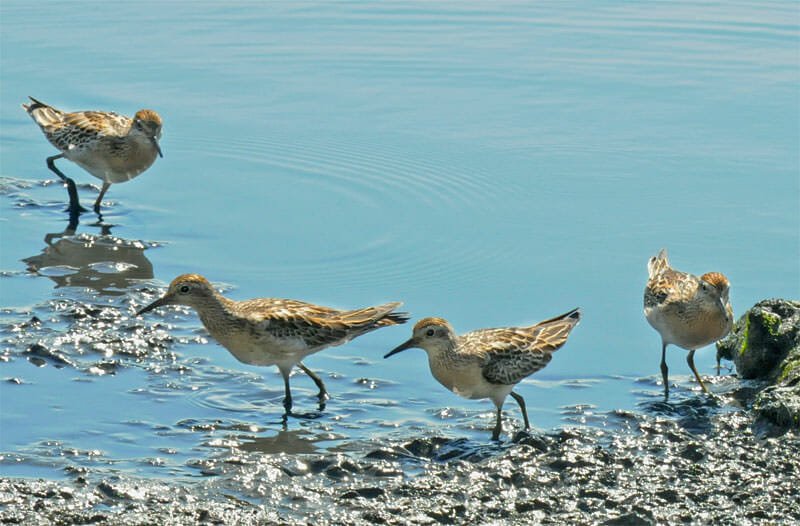
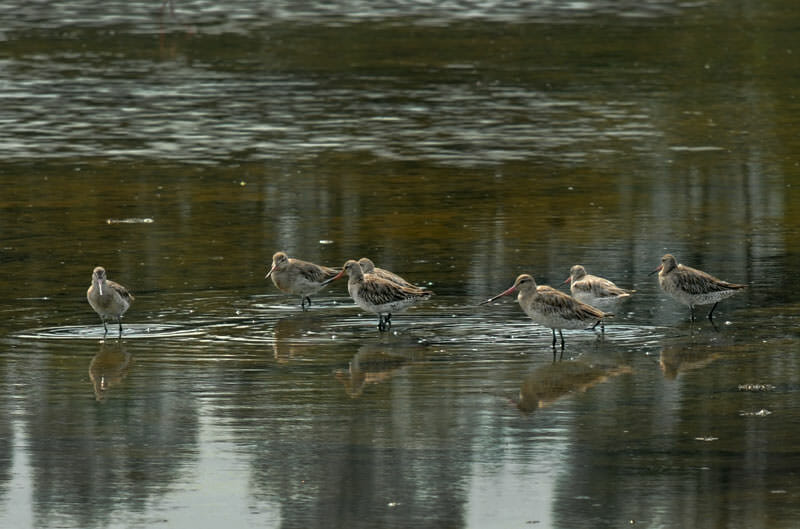
Other species often seen at the Waterbird Refuge pond are: Red-kneed dotterel (Erythrogonys cinctus), Black-fronted dotterel (Elseyornis melanops), Red-necked avocet (Recurvirostra novaehollandiae), Masked lapwing (Vanellus miles), White-faced heron (Egretta novaehollandiae), Great egret (Ardea alba), Chestnut teal (Anas castanea), Grey teal (Anas gracilis), Pacific black duck (Anas superciliosa), Hardhead (Aythya australis), Dusky Moorhen (Gallinula tenebrosa), Eurasian coot (Fulica atra), Silver gull (Chroicocephalus novaehollandiae), Australian pelican (Pelecanus conspicillatus), Australasian grebe (Tachybaptus novaehollandiae), Black swan (Cygnus atratus) and Welcome swallow (Hirundo neoxena).
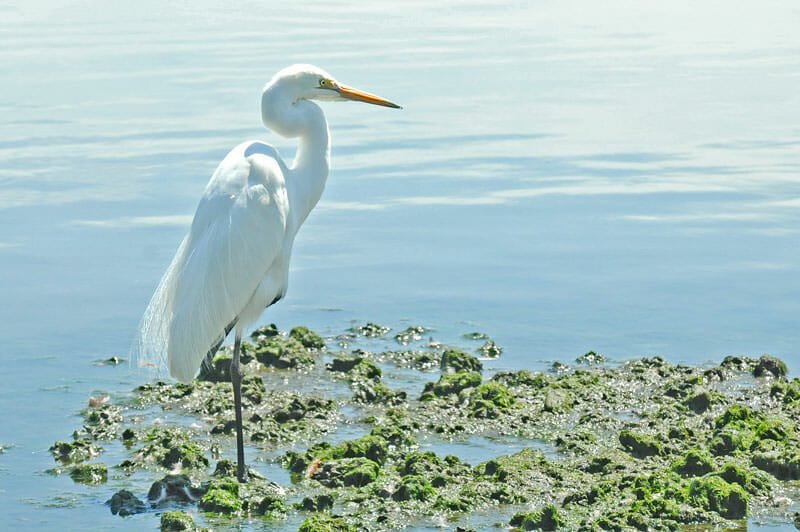
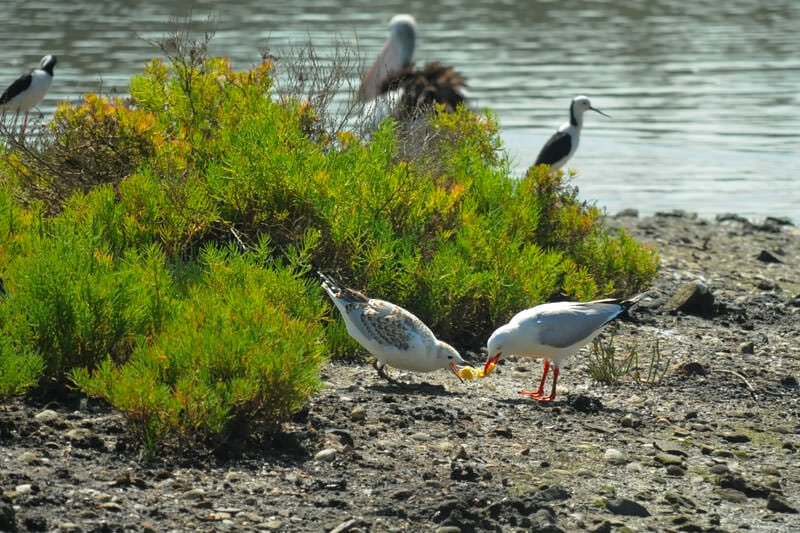
The bird hide at the pond is a surprisingly good spot for Superb fairy-wrens (Malurus cyaneus). These colourful little birds like to land on the bushes right in front of the hide.
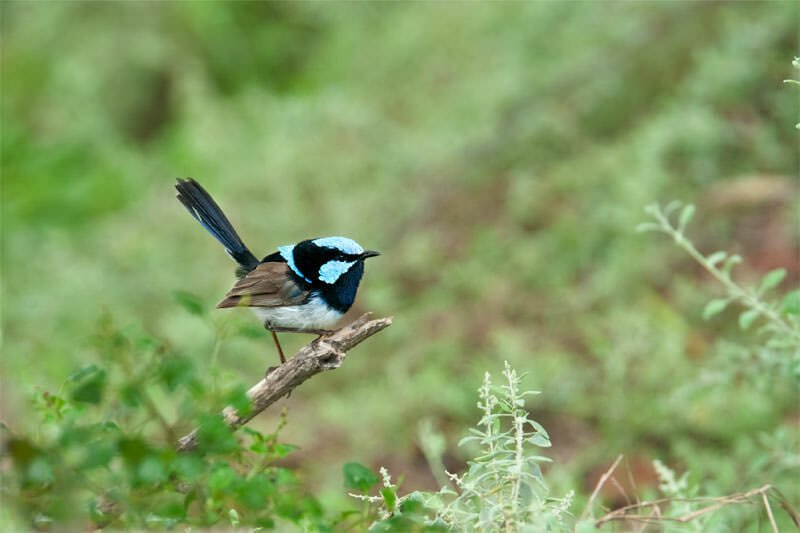
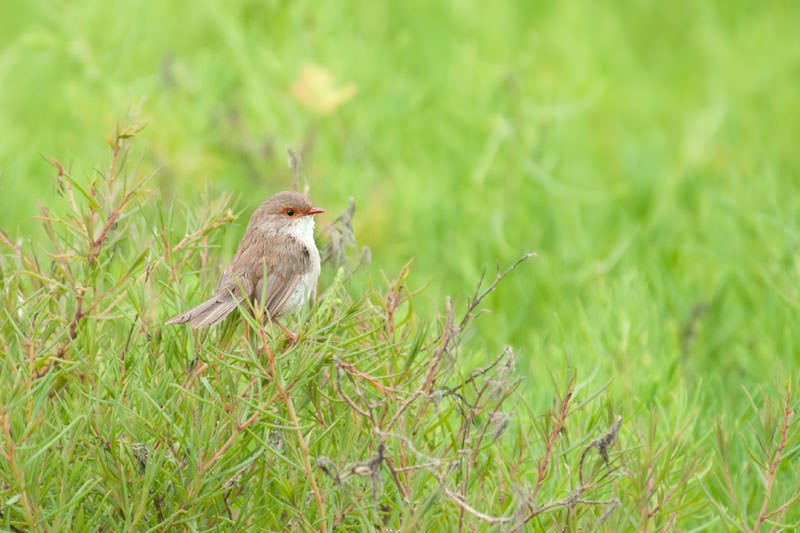
Other birds that can be found at Olympic park include Red wattlebird, Red-browed finch, Australian raven, Turtle dove, Yellow thornbill and other common paseriformes.
Hot summer days bring out a variety of skinks that can be seen sunning themselves on the sides of the road. Eastern Bluetongue (Tiliqua scincoides scincoides) is perhaps the most impressive member of the skink family in the park.
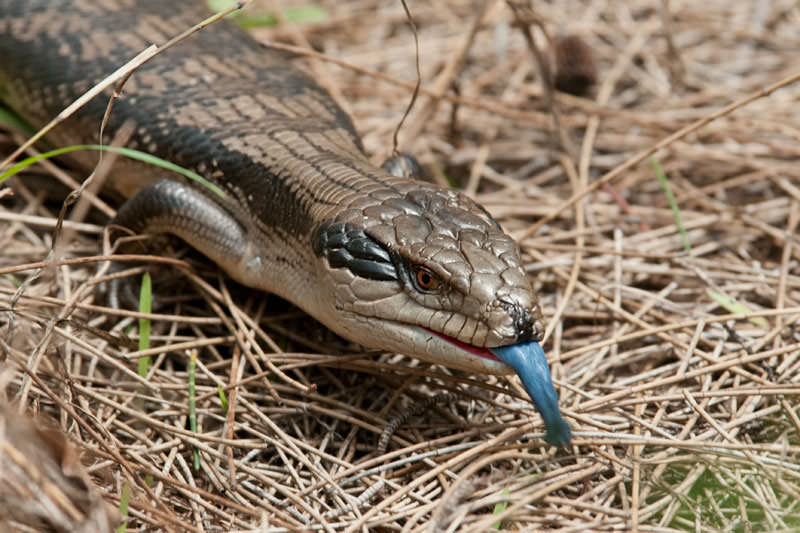
Margarita Steinhardt
I am a wildlife ecologist by training but more of a naturalist by inclination. I have been photographing wildlife for a number of years, throughout my travels in Thailand, India, Africa, and Russia, as well as my life in Australia. What drives me is the excitement of a new destination and the new species to be discovered and photographed.
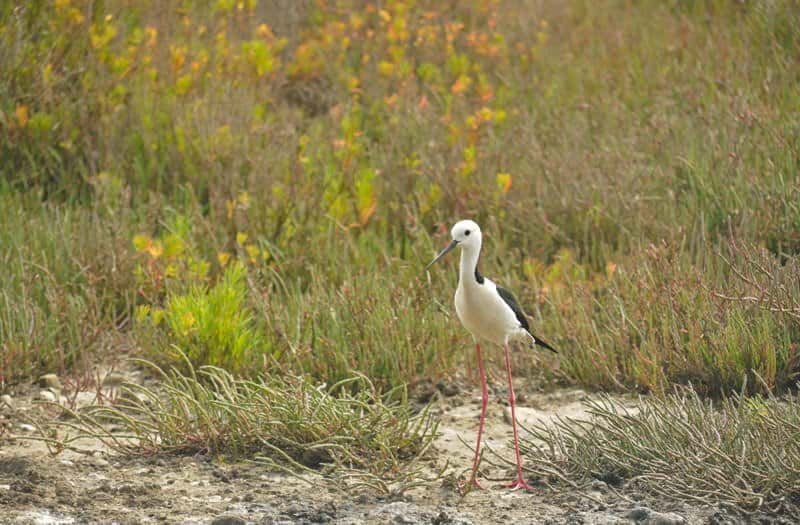


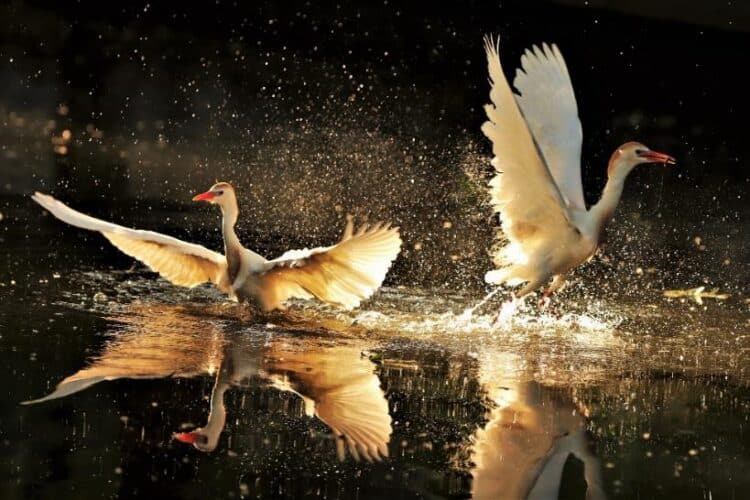
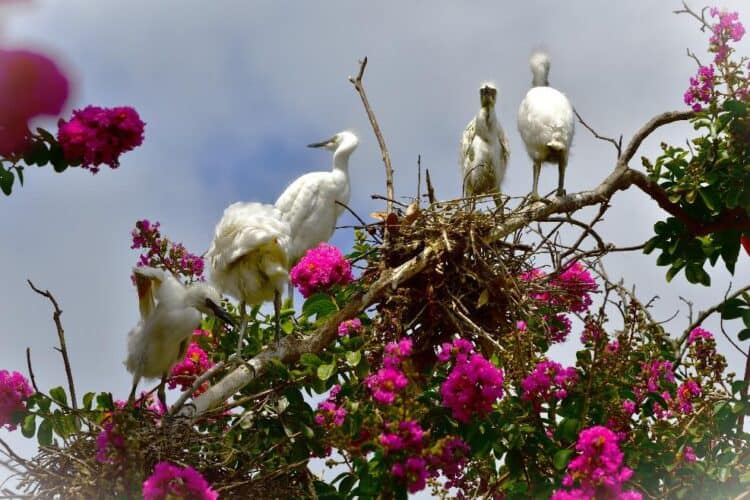
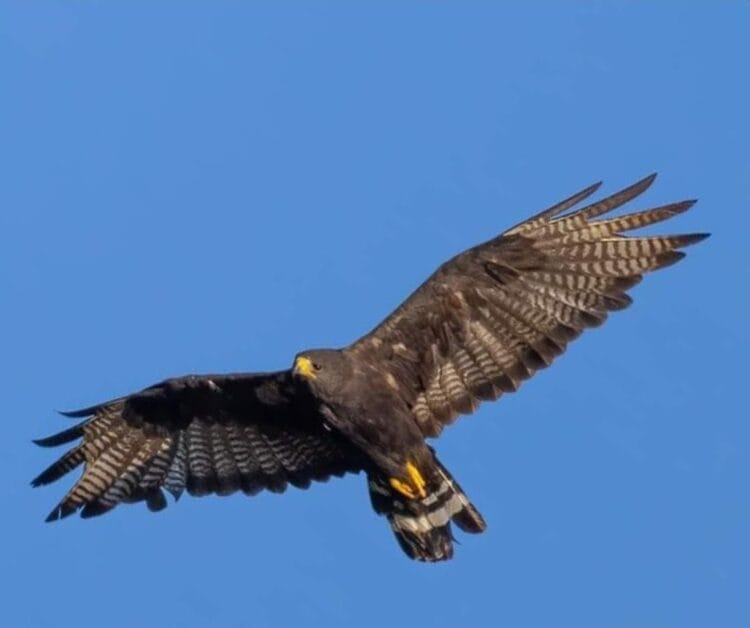

Leave a Reply